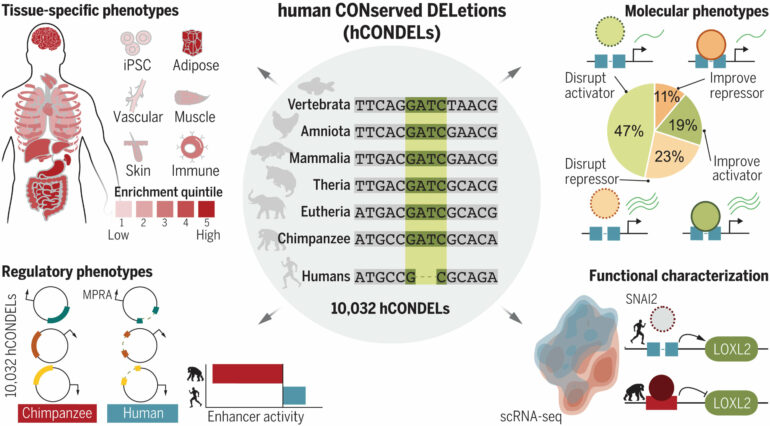Excitations in solids can also be represented mathematically as quasiparticles; for example, lattice vibrations that increase with temperature can be well described as phonons. Mathematically, also quasiparticles can be described that have never been observed in a material before. If such “theoretical” quasiparticles have interesting talents, then it is worth taking a closer look. Take fractons, for example.
Fractons are fractions of spin excitations and are not allowed to possess kinetic energy. As a consequence, they are completely stationary and immobile. This makes fractons new candidates for perfectly secure information storage. Especially since they can be moved under special conditions, namely piggyback on another quasiparticle.
“Fractons have emerged from a mathematical extension of quantum electrodynamics, in which electric fields are treated not as vectors but as tensors—completely detached from real materials,” explains Prof. Dr. Johannes Reuther, theoretical physicist at the Freie Universität Berlin and at HZB.
In order to be able to observe fractons experimentally in the future, it is necessary to find model systems that are as simple as possible: Therefore, octahedral crystal structures with antiferromagnetically interacting corner atoms were modeled first. This revealed special patterns with characteristic pinch points in the spin correlations, which in principle can also be detected experimentally in a real material with neutron experiments.
“In previous work, however, the spins were treated like classical vectors, without taking quantum fluctuations into account,” says Reuther.
This is why Reuther, together with Yasir Iqbal from the Indian Institute of Technology in Chennai, India, and his doctoral student Nils Niggemann, has now included quantum fluctuations in the calculation of this octahedral solid-state system for the first time. These are very complex numerical calculations, that in principle are able to map fractons.
“The result surprised us, because we actually see that quantum fluctuations do not enhance the visibility of fractons, but on the contrary, completely blur them, even at absolute zero temperature,” says Niggemann.
In the next step, the three theoretical physicists want to develop a model in which quantum fluctuations can be regulated up or down. A kind of intermediate world between classical solid-state physics and the previous simulations, in which the extended quantum electrodynamic theory with its fractons can be studied in more detail.
No material is yet known to exhibit fractons. But if the next model gives more precise indications of what the crystal structure and magnetic interactions should be like, then experimental physicists could start designing and measuring such materials. “I do not see an application of these findings in the next few years, but perhaps in the coming decades and then it would be the famous quantum leap, with really new properties,” says Reuther.
The findings are published in the journal Physical Review Letters.
More information:
Nils Niggemann et al, Quantum Effects on Unconventional Pinch Point Singularities, Physical Review Letters (2023). DOI: 10.1103/PhysRevLett.130.196601
Provided by
Helmholtz Association of German Research Centres
Citation:
Fractons as information storage: Not yet tangible, but close (2023, May 26)



